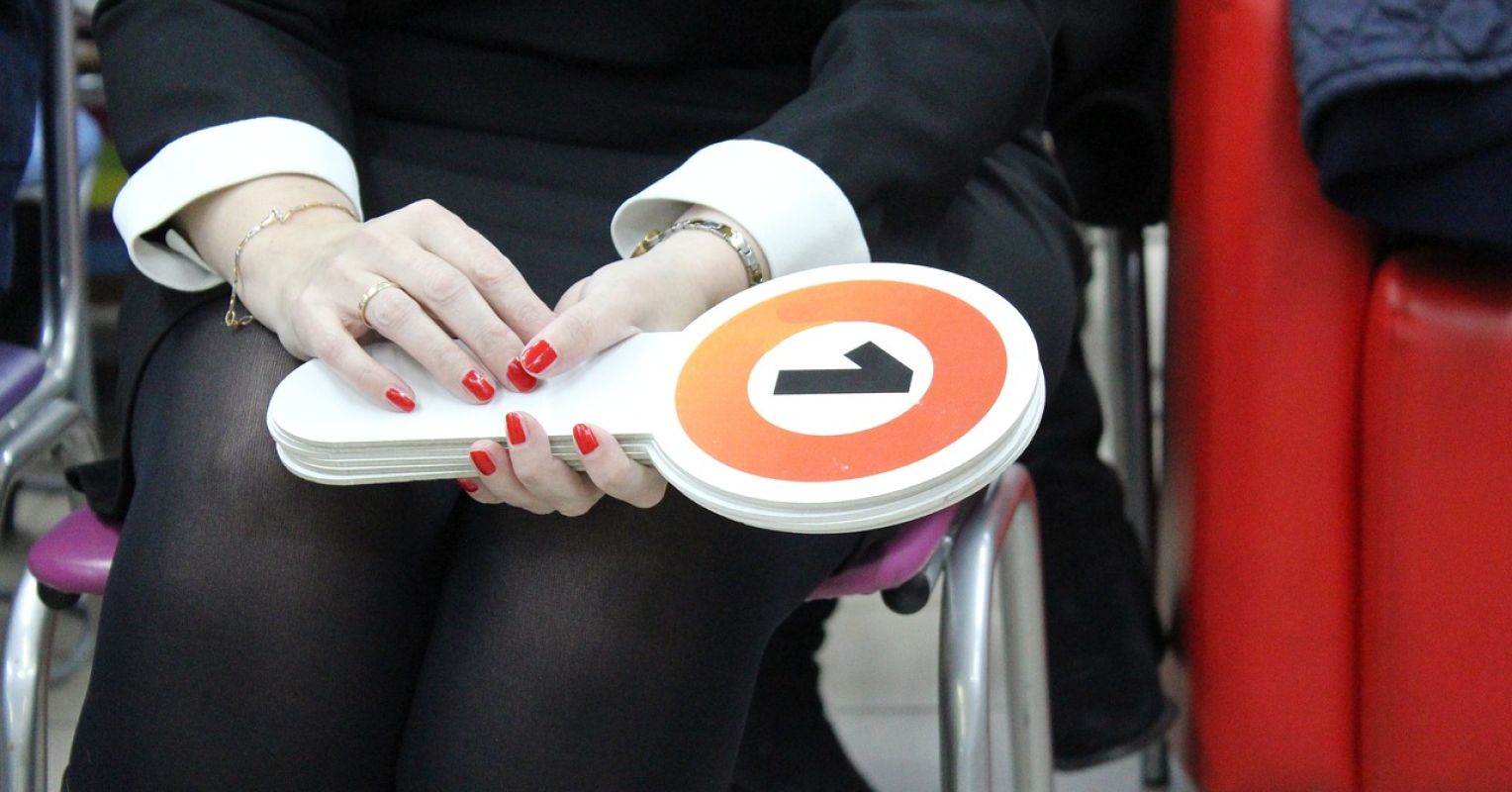Source: Image by svklimkin from Pixabay
As an avid cruiser and art lover, I often attend onboard auctions, which are widely advertised and well-attended. Arriving early, as the anticipation grows and the champagne flows, I get a bird’s eye view of the festivities, as attendees prepare to partake in both the bidding and the bubbly.
After everyone receives a bidding number “just in case,” the fun begins. Masterful emcees kick off the surprisingly high-energy production considering the serious works of art on the blocks, asking the audience to raise our number if we “Have been to an art auction before,” “Are enjoying our cruise,” or “Would like another glass of champagne!” After everyone has warmed up their bidding arms together, raising them again to make a bid becomes a bit more likely.
This is especially true at an auction where the art is portrayed as already scarce. Taking a break to walk around the room admiring the masterpieces on display, “Sold” signs indicate that other passengers are buying quickly, and we should too before everything flies off the easels.
And then there is the auction itself—in which “priceless goods” are offered for sale, showcased with magnificent, gilded frames (which someone quickly announces before the show are not included). Sky-high price quotes become normalized through cheering, (some) bidding, and consistent applause when the gavel drops—regardless of whether an item has been sold or not.
Yet within this engaging environment of positive psychology, research reveals some additional factors that impact auction buying behavior. Some may surprise you, or at least explain some of the decorations in your own home.
The Psychology of Art Auction Behavior
Researchers have studied the nature of art auctions and the behavior of bidders, both live and online,[i] including the link between artistic reputation and sales prices as promoted through social media.[ii] Examining live auctions, which remain popular today, researchers have found some interesting associations between auction behavior, seasonal factors, and auctioneer strategy.
Doron Kilger et al. (2015)[iii] examined art auction prices in England from 1756–1909 and discovered that the amount of daylight on the day of an auction had a positive effect on selling prices. They found some direct associations between hours of sunshine, temperature, precipitation, and whether the days were getting longer or shorter.
Other research has focused on how auctioneer strategy impacts pricing of art for sale.[iv] Clare D’Souza and David Prentice investigated the approach and impact of an auctioneer’s strategy in setting art pricing at auctions, examining one auction of paintings held by a famous auctioneer, to compare the auctioneer’s price estimates and realized prices. Among other things, they sought to determine whether the auctioneer evaluated different attributes of different paintings differently from the market.
D’Souza and Prentice note some significant aspects of art auction behavior, including that previous studies suggest the price of an item is less likely to significantly impact perception of quality when there are other attributes available to analyze, and when buyers are familiar with the product. They also note that some products have no “retail value”; the price is dependent of the range of bidding, as consumers differ in their bidding practices and experience. Emotions are important too, as D’Souza and Prentice note the commonly used statement, “Going, going, gone” to refer to a lost opportunity for both buyer and seller.
Also, as a practical matter, auction behavior depends on the preferences, priorities, and lifestyle of the bidder.
Show Me Your Art and I Will Show You Who You Are
If our home is our castle, our decorations, both the modest and the magnificent, showcase ourselves and our preferences. Whether we collect our treasures from yard sales or estate auctions, our choices reflect both preference and price. Many art lovers are drawn to the excitement of a live auction, attending primarily for the fun and festivities. But for serious buyers, understanding the strategy and emotions associated with auction behavior can assist in enjoying the excitement of the process while making purchasing decisions that both reflect personal flair and are financially sound.





